How Often Do I Need to Change Breast Pads?
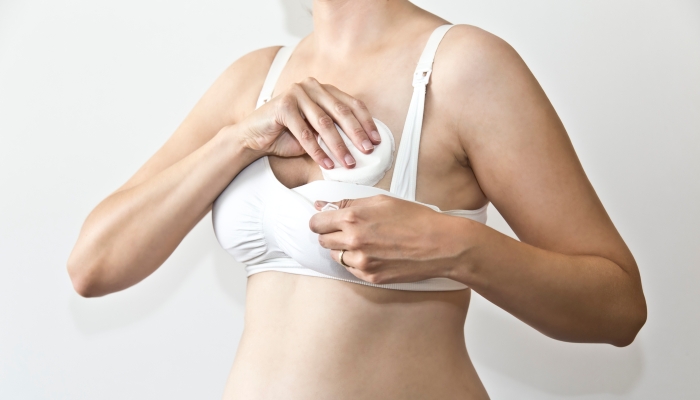
- Breast pads are a comfortable and safe way to catch leaking breast milk when feeding your baby.
- Change your breast pads as soon as they feel damp. Not only is this super-important to help prevent irritation but also helps avoid any embarrassing stains on your favorite top.
- Get into the habit of checking your breast pads at routine times, on waking, at every feed, and bedtime. You’ll be much less likely to get caught off guard by wet patches.
Imagine the scene. Pushing my sleeping newborn around the supermarket, I heard the cry of another baby an aisle away. Suddenly the tingling started, and then the let-down. No one warned me that any baby might set the milk in motion!
Luckily, I’d read plenty of newborn essentials lists and I was protected: phew! As a mom of four with almost a decade of breastfeeding experience, breast pads were my best friends for a long time.
How often to change breast pads varies for everyone and will change along your feeding journey. We’ve rounded up all the information you need to make the best decision for you.
What Are Breast Pads?
Breast pads, also commonly known as nursing pads, act as a shield to prevent milk from leaking onto your clothes and bedding while breastfeeding. Most breast pads are specially designed thin discs of material placed in your nursing bra to catch and absorb breast milk. You can buy nursing pads in a variety of shapes and materials or even make your own.
What Are the Different Types of Breast Pads?
There are four main types of nursing pads:
- Reusable nursing pads are washable. Cloth pads are typically made from bamboo, cotton, hemp, and sometimes silk. You can even fashion washable nursing pads from absorbent materials such as washcloths, flannel, and folded handkerchiefs.
- Disposable pads are typically made from cotton, bamboo, or polyester fibers. Often with sticky strips to attach to the inside of your bra, these are designed to be used once and thrown away.
- Silicone nursing pads attach to your breast and can be used without a bra. They catch the milk by applying gentle pressure to the breast and need to be emptied regularly. Beware of air bubbles when applying or they are liable to leak.
- Hydrogel breast pads are also available. These are cold pads for healing and soothing dry, cracked nipples and are not designed for catching breastmilk.
You can find our pick of the best breast pads here.
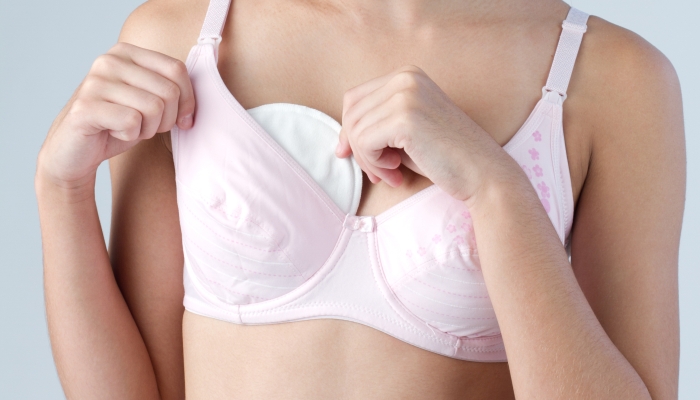
Are Breast Pads Safe to Use?
Nursing pads sit right where your baby feeds, so of course, you want to be sure they won’t pose any health risks to you or your baby.
Research shows both washable and disposable pads work well at keeping the breast dry and neither was associated with any increases in nipple problems. If used properly, breastfeeding pads are safe to use but there are some issues you need to be aware of.
Bacteria and yeast love warm, moist conditions. Avoid pads with plastic waterproof backing. Change your pads regularly to reduce the risk of irritation and infection that can lead to conditions like thrush and mastitis.
Just like disposable diapers, disposable breast pads may contain chemicals that increase absorbency. While these are thought to be harmless, they may irritate sensitive skin.
Wash and dry reusable nursing pads thoroughly. Many can be machine washed and dried, while some may require handwashing. Choose detergents that are kind to your skin and make sure pads are thoroughly rinsed.
Why Do I Need to Wear Breast Pads?
In the early days of breastfeeding, your milk supply takes a little while to adjust to your little one’s needs.
At the start, both breasts will leak when you feed. You may also find your milk starts to flow at other times:
- Cuddling your little one
- Hearing their cry (or any newborn cry)
- Looking at your baby (or their photo)
- Smelling their clothing or bedding
- When your baby hasn’t been fed in a while
- Pumping or expressing
- During intimate moments with your partner
Your milk may also flow during showering or bathing but you won’t need breast pads. On other occasions, you may find nursing pads helpful to catch the leaks and prevent any breastmilk stains on your clothing or bedding.
Breastfeeding is a natural and convenient way to feed your baby that promotes bonding and has long-term benefits for you and your child. Yet nipple pain in breastfeeding is one of the most common reasons for giving up. Pain may be caused by irritation or infection that can occur if the nipple is not kept clean and dry. Breast pads can help with this.
Breastfeeding should not cause ongoing pain. If you’re having difficulties finding a comfortable position, speak with a lactation consultant. If you’re concerned about infection, seek medical advice at once.
Breastmilk has healing properties. Expressing a little milk and rubbing it on sore nipples can ease symptoms and help avoid infection in cases of lipstick nipple latch or similar conditions. Silicon pads and hydrogel pads may also promote healing and help soothe the pain.
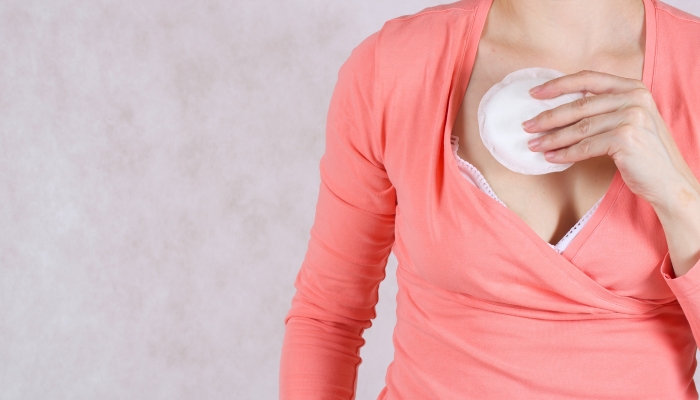
How Often Should I Change Breast Pads?
Change your breast pads as soon as they feel damp. You should change wet breast pads regularly to prevent leaking, avoid any irritation and infection, and keep you comfortable. The exact frequency you’ll need to change your breast pads will depend on several factors.
You will need to change nursing pads frequently at the start of your breastfeeding journey. Once your milk supply is established and your baby is feeding regularly, leaking may slow down. For some, leaking stops completely within 3 months and for others, it remains a feature for the entire time they’re nursing.
Both reusable and disposable nursing pads can be found in different absorbencies, often denoted by different shapes, for example, flowers and hearts. These can be especially useful if you find yourself leaking more at night. Some washable pads increase in absorbency the more they’re washed.
If you or your little one develop an infection like thrush, change nursing pads more frequently. Reusable pads should be washed on a hot wash to make sure all the yeast is removed. Vinegar and sunlight may also help get rid of bacteria.
Make sure all pads are clean and dry before use. Reusable breast pads often come with handy pouches for storage, along with mesh washing bags to keep them safe in the wash. Lansinoh nursing pads come individually wrapped.
FAQs
Should I choose reusables or disposables?
This is a matter of personal preference and may depend on how long you choose to breastfeed. The World Health Organization recommends breastfeeding for the first 2 years and beyond.
Reusables may work out cheaper, be softer on your skin, and produce less waste overall. Although many choose a mix of washable and disposable nursing pads across their breastfeeding journey.
How many nursing pads will I need?
In the first few weeks, you may need to change nursing pads as frequently as every feed. If you choose washables, aim for at least 6-8 pairs, perhaps more depending on how often you plan to wash them. See our ultimate newborn checklist for more.
Is it okay to wear breast pads to bed at night?
As long as you change your breast pads as soon as they become damp, you can wear them day and night if you wish. Some people prefer to sleep on a towel to catch any leaks at night.
Should I wear breast pads all the time?
There is no need to wear pads unless you experience leaking. Once your milk supply settles down and regular feeding is established, you may find that leaking stops. At this point, you may choose to stop wearing breast pads, or you can continue to enjoy the security they provide for as long as you like.
Can I wear breast pads without a bra?
You can wear silicone nursing pads without a bra. For other pads, breastfeeding tank tops or soft sleeping bras can be a comfortable alternative to regular nursing bras.
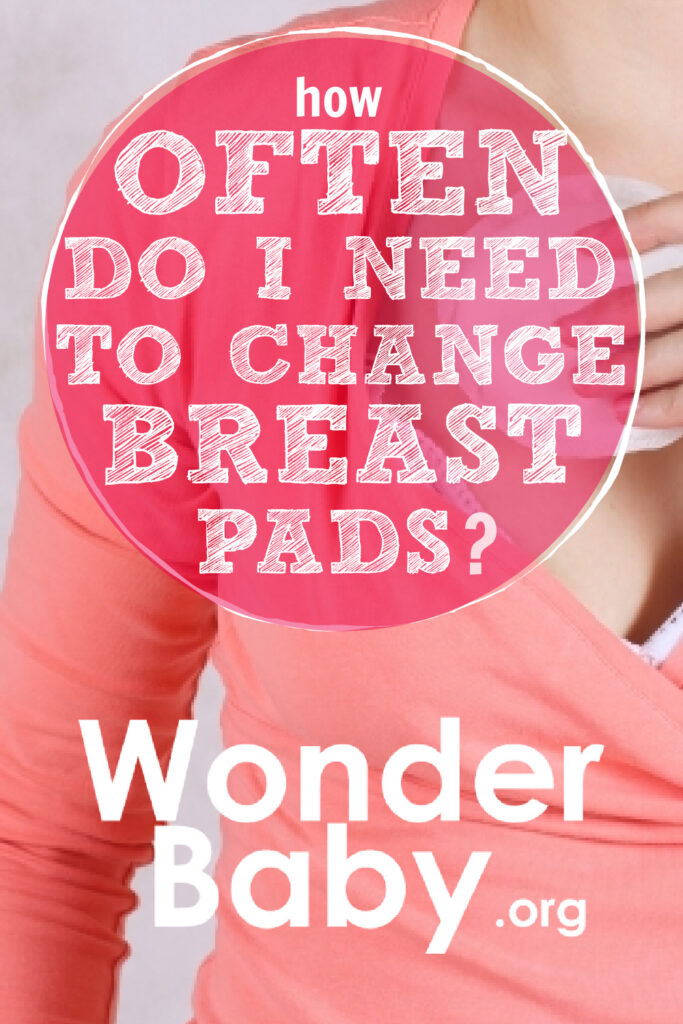
Related Posts
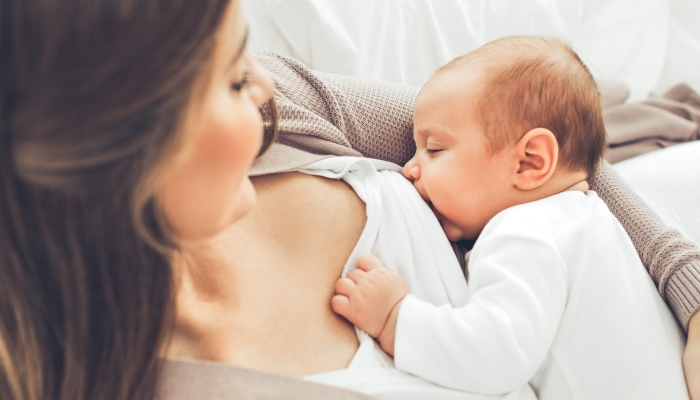
Breastfeeding, Sleep
Sleep and Breastfeeding: A Comprehensive Guide for Nursing Moms
Many people assume breastfeeding and sleep training don’t go together, but it is possible to help your baby sleep better while continuing your breastfeeding journey.
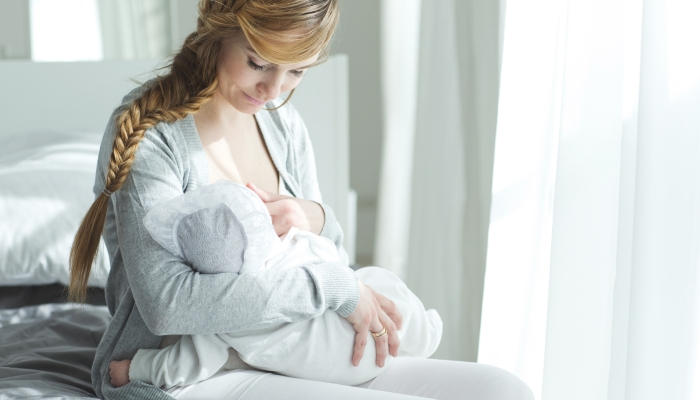
Breastfeeding
Comfort Nursing: Pros, Cons, and How to Stop
Find out what comfort nursing is, when should you worry about it, and how to stop or limit your baby's comfort nursing (especially at night!).
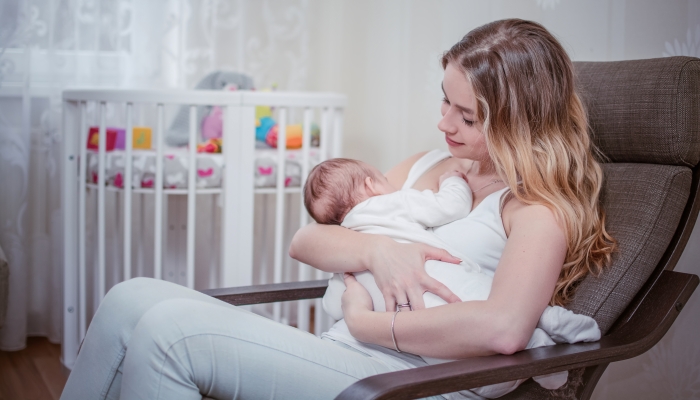
Breastfeeding, Product Reviews
5 Best Breastfeeding Chairs for Nursing Moms of 2023
Whether you want a gentle rock, a smooth glide, or a cozy cuddle to soothe your baby to sleep, you’ll have your pick of the best breastfeeding chairs on the...